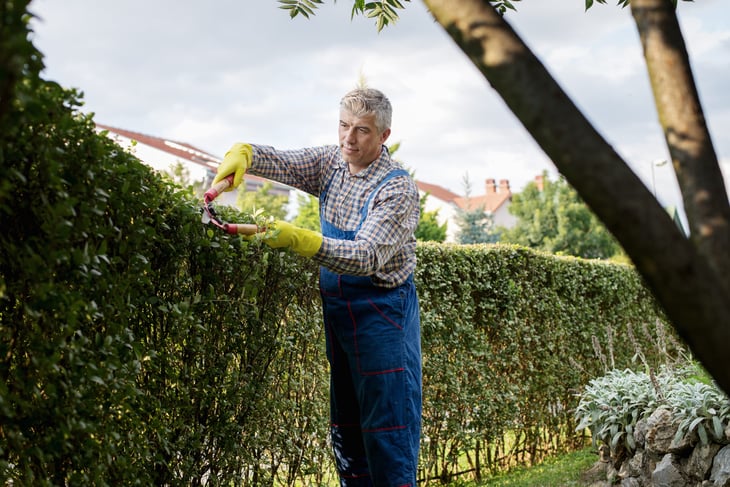
Editor’s Note: This story originally appeared on LawnStarter.
Fences replaced moats in ancient times. Today, you can create ornate barriers from many materials, including plants. Living fences are a sustainable and cost-effective way to define your property. If you’re dreaming of a way to add fantasy-invoking beauty to your yard, read on to discover the benefits of a living fence.
What Is a Living Fence?
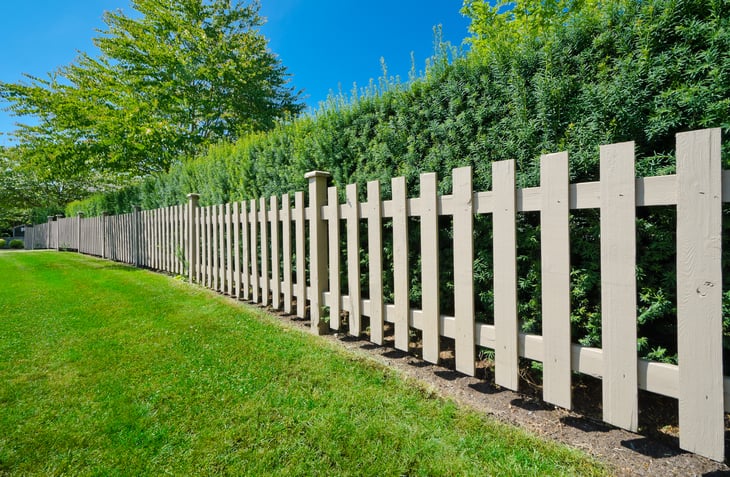
A living fence, also known as a natural fence or hedgerow in the United Kingdom, is a tightly knit row of trees or bushes grown to create a natural barrier. The closely grown foliage forms a privacy screen while providing the same functionality as traditional wood, brick, barbed wire, or chain-link fences.
Living privacy fences offer shade and noise reduction and act as natural windbreaks. These fast-growing, natural fences comprise many trees and shrubs. There are two main types of living fences:
- Live posts use trees as living fence posts to support traditional fencing materials like wood.
- Live barriers are composed entirely of shrubs or trees planted at close intervals to form a barrier.
What Are the Benefits of Living Fences?
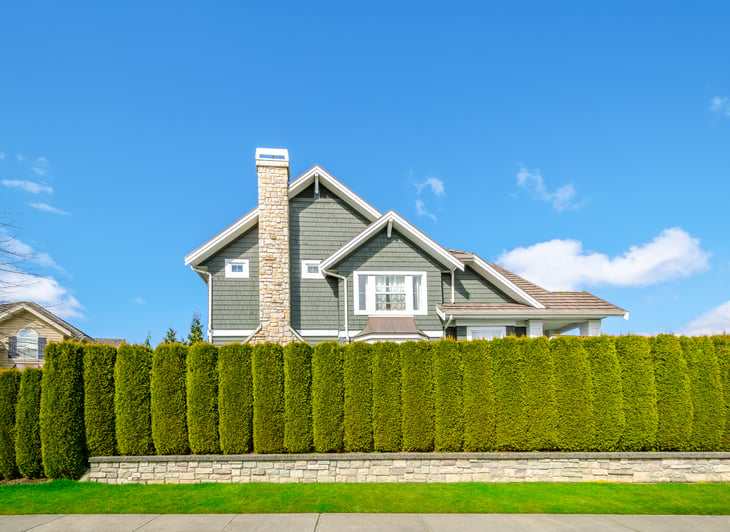
Living fences provide a practical solution to boundary separation. From classic green hedgerows to flower-filled fantasies, there are many options to choose from.
Once established, natural fences require little maintenance and offer many benefits to homeowners and the environment.
1. Cost-Saving
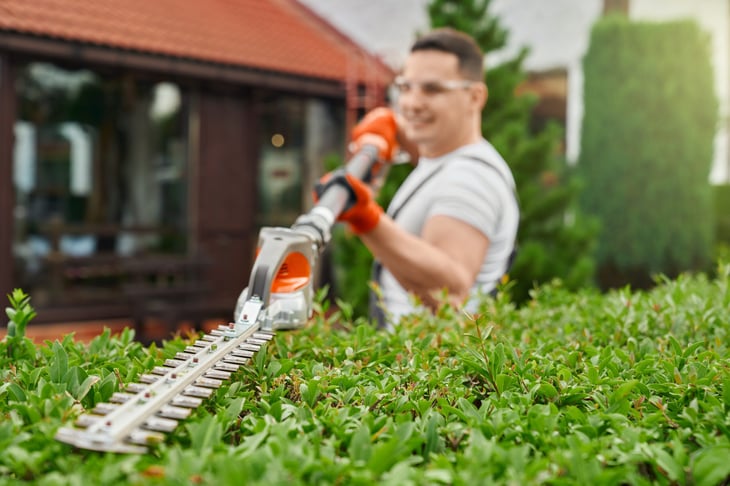
Natural fencing requires minimal maintenance while providing the same benefits as traditional fencing. The largest cost occurs upfront and includes saplings, seeds, and pruning tools.
Traditional fences require routine maintenance and costly repairs. Living fences require a large time investment with relatively little to no cost. Unlike traditional fences that require paint, stain, or hardware repairs, natural fences only require regular pruning to keep the plants strong and healthy.
2. Balanced Ecosystem
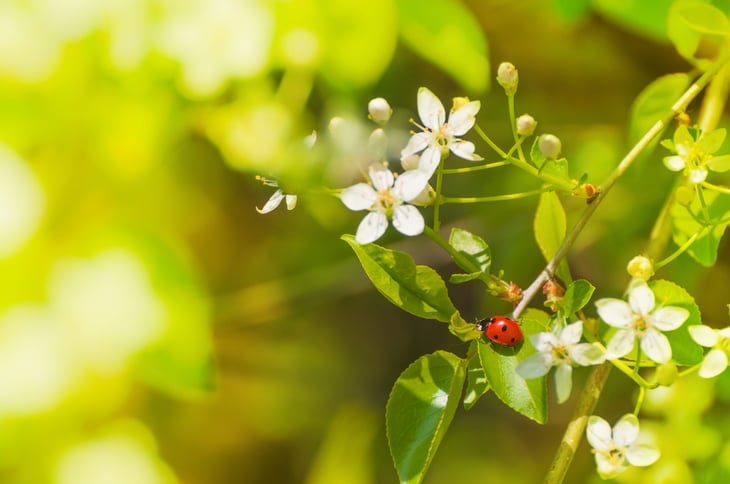
Living fences support life, creating their own ecosystems. Small animals and beneficial insects call the plants their home.
Natural fences promote biodiversity and preservation by inviting local wildlife and insects to your property. Beneficial pollinators like butterflies and honeybees increase pollination in your garden, leading to healthier flowers, fruits, and vegetables.
Unlike manufactured fencing comprising dead wood, a living fence will not attract termites, carpenter ants, or wood-boring insects. Natural fences are not prone to dry rot and provide a defense against unwanted intruders.
3. Decorative
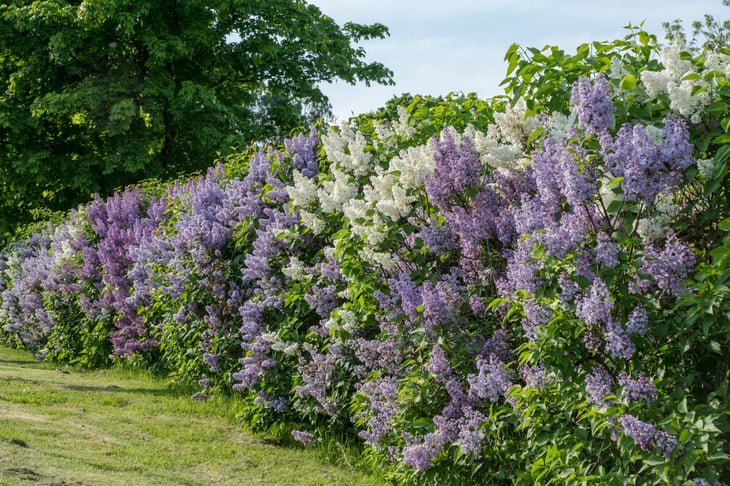
Hedgerows often inspire thoughts of castles, deep green labyrinths, and fiery dragons. Natural fences beautify a landscape and mark property lines. Some deciduous trees produce vibrant seasonal flowers and fruit.
Homeowners often choose plants for living fences for their ornamental qualities and year-round green color. With traditional wood fences, you are stuck with the natural color or forced to paint or stain your fence, adding annual maintenance.
4. Sustainable
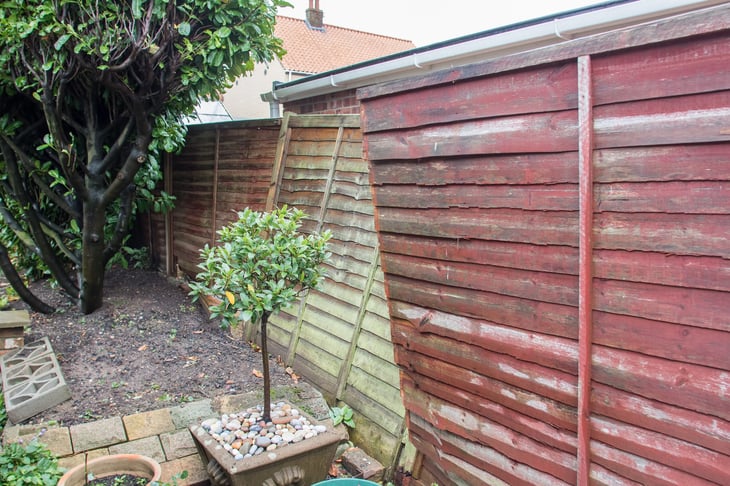
A natural fence will outlive a traditional wooden fence. The lifespan of a living fence is as long as the shrubs or trees remain alive. Unlike wooden fences with a lifespan of approximately 15 years, a living fence can easily become a centenarian and live for over 100 years with proper care.
You can encourage fresh growth and a sturdy fence by routinely harvesting fruits and vegetables from your living fence and maintaining a regular pruning schedule. Living fences are less harmful to the environment and encourage biodiversity.
5. Blocks Wind and Noise
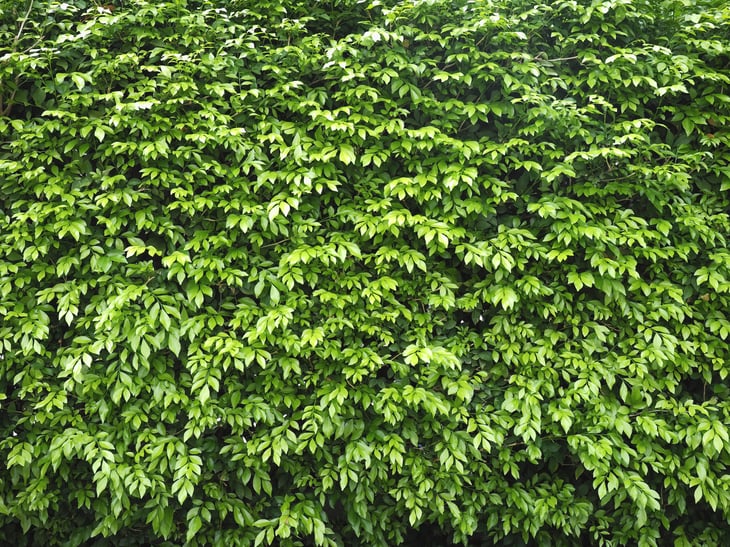
The dense foliage of living fences provides natural barriers against wind and noise. These types of fences offer several advantages, including increased shade and decreased water usage. The natural windbreak created by a living fence slows evaporation, decreasing water usage and overall cost.
6. Strengthens Soil
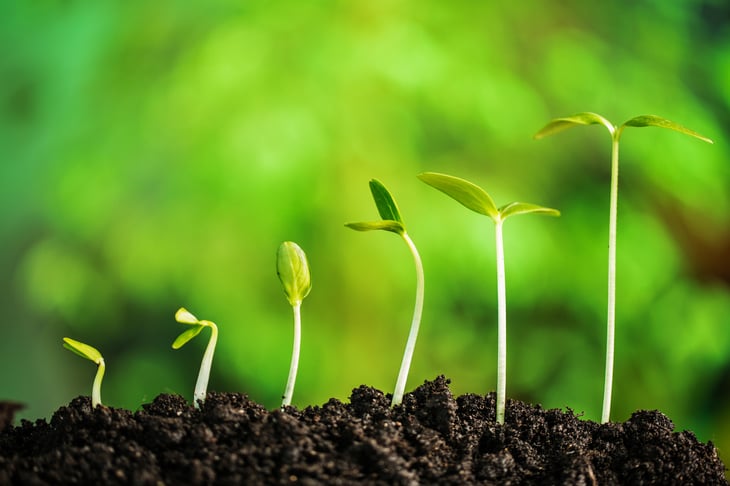
A living fence provides fertilizer for other plants in your yard. They are rich in nitrogen, an essential nutrient for plant growth, and the roots reduce soil erosion. Two easy methods to strengthen the soil around your living fence include:
- Composting fallen foliage and fruit and mixing them into the soil to create a nitrogen-rich fertilizer
- Allowing leaves and flowers to fall to the ground and act as mulch, increasing permeability and nutrients
Best Plants, Bushes, and Trees for Living Fences
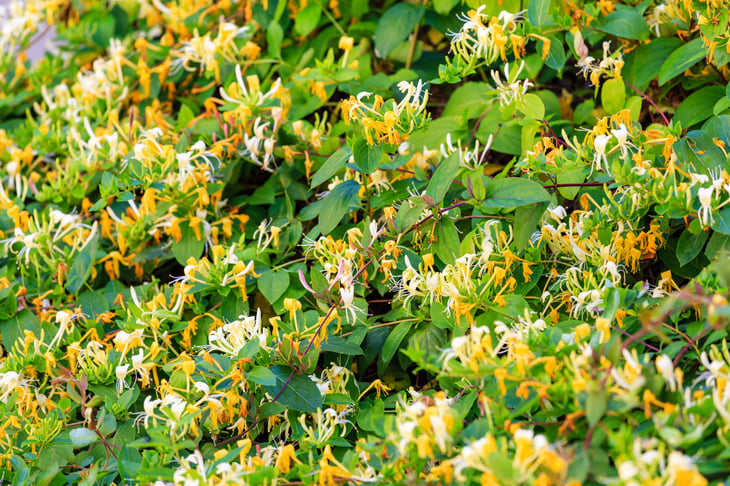
Every landscape and yard is different. Selecting the best plant, bush, or tree for your living fence requires considering several important factors like sunlight, soil, moisture conditions, existing landscape, and seasonal variations. Natural fences require plant species that will thrive in your area.
Some popular choices for living fences include:
- Lilac
- Forsythia
- Weeping willow
- Evergreens: Boxwood, juniper, ligustrum
- Fruit trees: Osage orange; dwarf apple, grape, pear, and plum
- Honeysuckle
- Bamboo
- Hawthorn